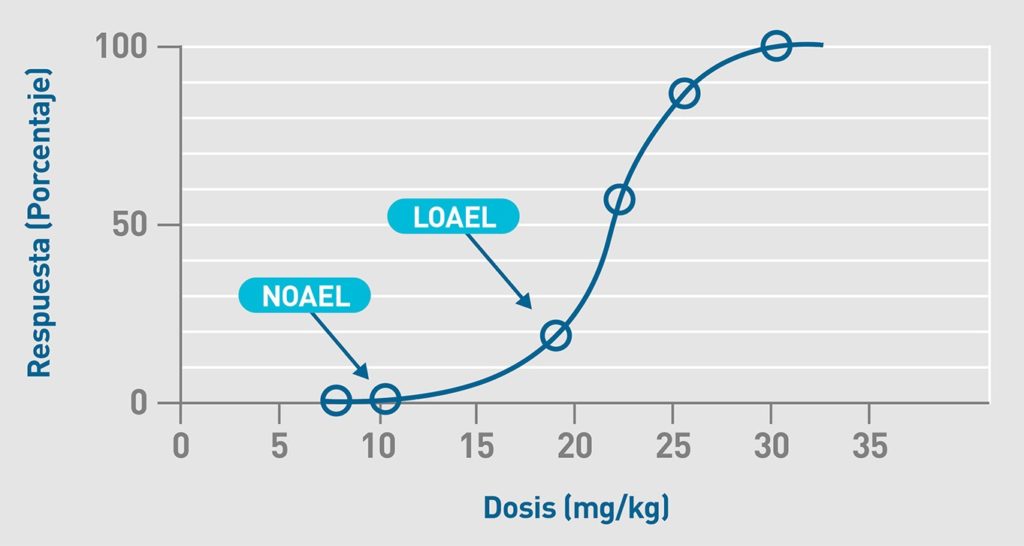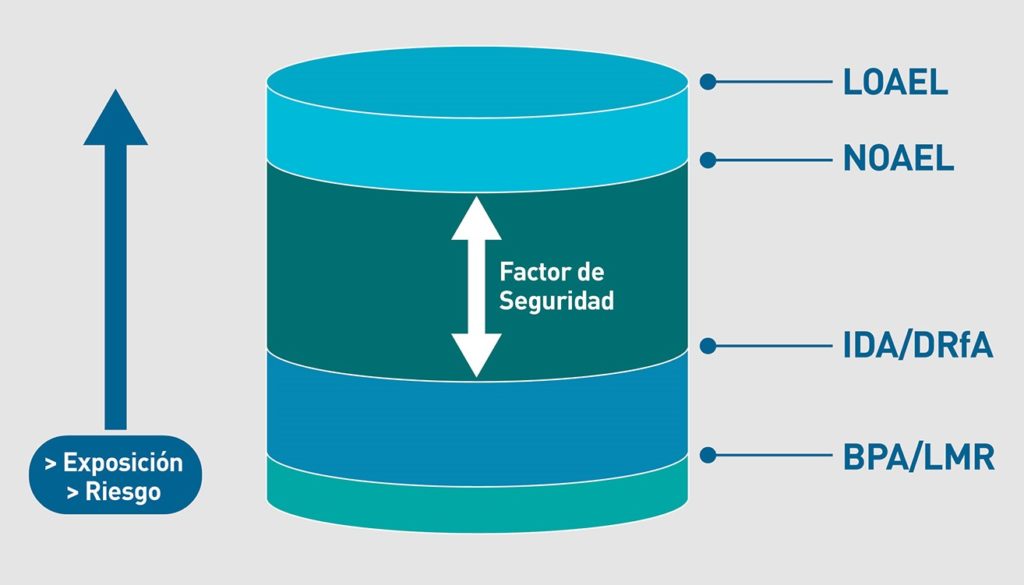Alejandro Fernández
Agronomist and Director of Hygiene
and Safety of Products of Plant Origin
SENASA (Argentine Food Safety and Quality Service)

Alejandro Fernández
Agronomist and Director of Hygiene
and Safety of Products of Plant Origin
SENASA (Argentine Food Safety and Quality Service)
By Alejandro Fernández
Food is a very important part of our lives and food producers know it. That’s why they work hard every day to make our food safe. But what does safety mean?
These concepts are sometimes confused. Food security is a broader concept related to providing safe, abundant food supplies to populations to meet their ongoing growth and development needs. Therefore, food safety is part of food security.
Food safety means that a particular food does not cause any harm to the health of consumers under recommended conditions of consumption. For example, for food in Argentina to be deemed safe, it must comply with the requirements of the Argentinian Food Code (Código Alimentario Argentino) and special rules established by SENASA (National Food Safety and Quality Service), no matter which production system is used – organic, agroecological or conventional.
When talking about safety, it is necessary to highlight two key concepts: hazard and risk.
Hazard is an agent that can harm our health if we are in contact with it. Risk is the probability that such a hazard will harm us whenever we are exposed to it.
To ensure that these two concepts make sense, we must recognise that “the dose makes the poison.” This adage is related to the quantity and frequency of exposure to a hazard.
This is a tool that analyzes to what extent a hazard may harm consumer health, assuming some degree of exposure. It consists of three stages: 1) risk assessment, 2) risk management and 3) risk communication. It’s a process through which assessors communicate with each other to determine the outcomes of an assessment, outline the required steps to be taken, and communicate this to the wider community.
This is the scientific process that determines the conditions of a hazard, which consists of four phases: 1) identifying whether it is a biological, chemical or physical hazard; 2) determining how it causes damage; 3) how much harm it can cause; and 4) its impact on health overall.
In order to characterize the hazard and assess the damage it causes, short- and long-term studies are undertaken to establish two toxicological parameters known as NOAEL (no observable adverse effect level) and LOAEL (lowest observed adverse effect level). NOAEL is the highest level of a hazard that does not generate an observable adverse effect. LOAEL indicates the lowest amount that does.

Respuesta (Porcentaje) = Response (Percentage); Dosis (mg/kg) = Dose (mg/kg)
The figures in the chart above were obtained working with lab rats. To be able to generate a safety factor for humans, it is necessary to perform an interspecies extrapolation. To do that, while considering that humans are 10 times more sensitive than rats, the value obtained in the laboratory is divided by 10. However, it is acknowledged that there are humans 10 times more sensitive than the average, therefore, the resulting figure is divided by 10 again. In conclusion, NOAELs are divided by 100 in order to establish an Acceptable Daily Intake (ADI), the quantity of a substance that we can consume over our lifetime without presenting an appreciable risk to health. An Acute Reference Dose (ARfD), the amount not to be exceeded in daily intake, is obtained through similar procedures based on specific studies.
Once we understand how damage occurs and which amount can cause it, we must know how we are exposed to a hazard. In the case of food, it assesses how much can we eat without harm. Based on internationally established protocols by the Codex Alimentarius Commission and World Health Organization, exposure assessment is carried out, taking into account the end consumer and distribution of a certain batch of food.
Once extreme exposure situations are catalogued, decisions are made to minimize or reduce risks, if any. This brings us to the last part of the assessment process: risk characterization, which will indicate whether exposure to the hazard exceeds intake parameters.
Hazard is an agent that can harm our health if we are in contact with it. Risk is the probability that such a hazard will harm us whenever we are exposed to it.
The important thing is to manage risk so that exposure to a hazard never exceeds the intake value. How do we do that?
First, all links in a value chain must operate according to good practices, respecting security protocols, looking after the products, and consequently, after people.
Similarly, given the possibility of exposure, for example to pesticide residues, authorities set a maximum residue limit (MRL) that will not harm the consumer’s health. This threshold is established via field testing.
In Argentina, during two seasons in three different areas, field testing is requested to determine how a pesticide behaves, from application to harvest, and its trace amount if at all on crops after harvesting. Good agricultural practices (GAPs) are always considered, and data are generated for the highest dose, greatest number of applications, shortest pre-harvest intervals and more.
The Organisation for Economic Co-operation and Development (OECD) has a calculation system where data from all field trials conducted per country, pesticide and crop are uploaded. This collective data produces statistically acceptable limit values (MRLs), which are always well below ADIs. In other words, OECD limits have much more to do with GAPs than toxicological safety parameters. Consequently, when an MRL is exceeded, it means GAPs were not complied with, not that the food has potential to harm consumers since the MRL is well below NOAEL and reference intake values.

Exposición = Exposure; Riesgo = Risk; Factor de seguridad = Safety factor
Once all above has been analyzed, the last but not least stage ensues: the interactive exchange of information and views about any risks among stakeholders. This is a cornerstone in need of improvement, so that peoples’ perceptions are closer to reality, rather than what they think may happen. By doing so, we dispel myths and turn uncertainty into knowledge.
Alejandro Fernández is an agronomist and director of Hygiene and Safety of Products of Plant Origin at SENASA (National Food Safety and Quality Service) in Buenos Aires, Argentina.
Receive new perspectives
about pesticides
By continuing to use the site, you agree to the use of cookies. More information
The cookie settings on this website are set to "allow cookies" to give you the best browsing experience possible. If you continue to use this website without changing your cookie settings or you click "Accept" below then you are consenting to this.
One response to “Pesticide Risk Analysis Ensures Food Safety”
I love to know it very interested for me send more documents concerning